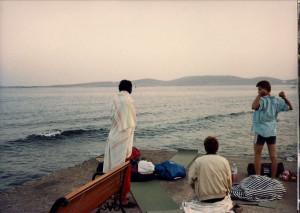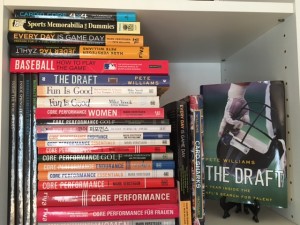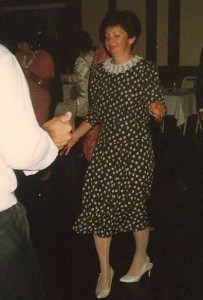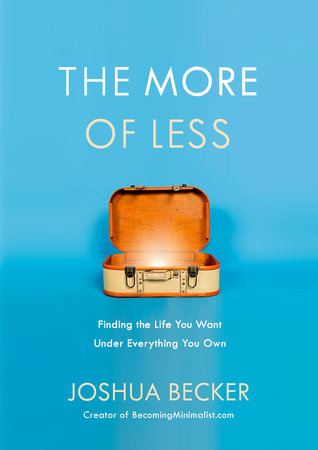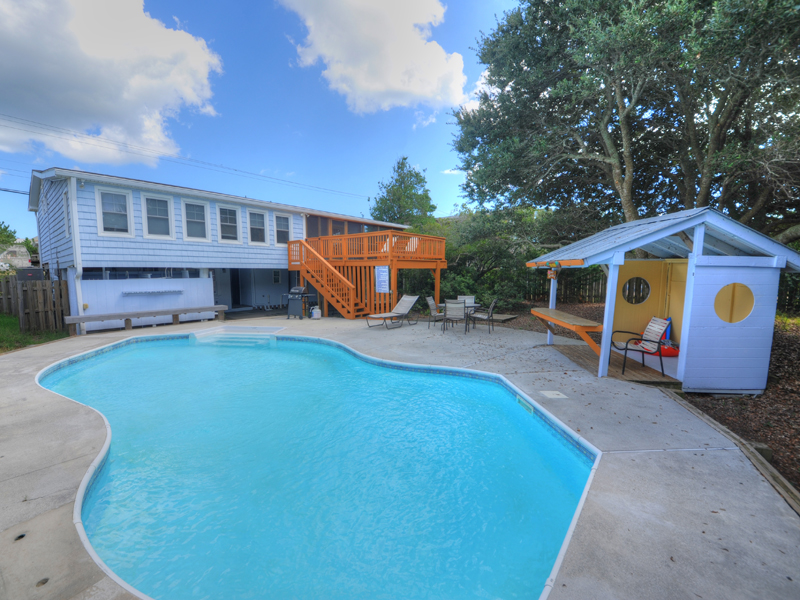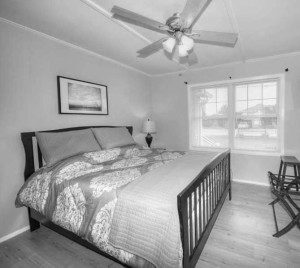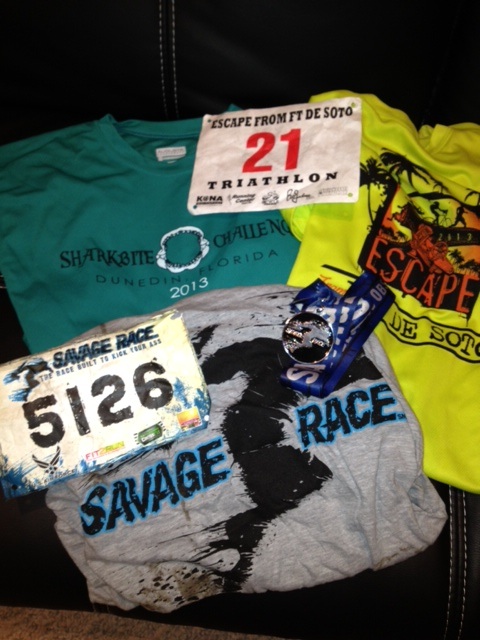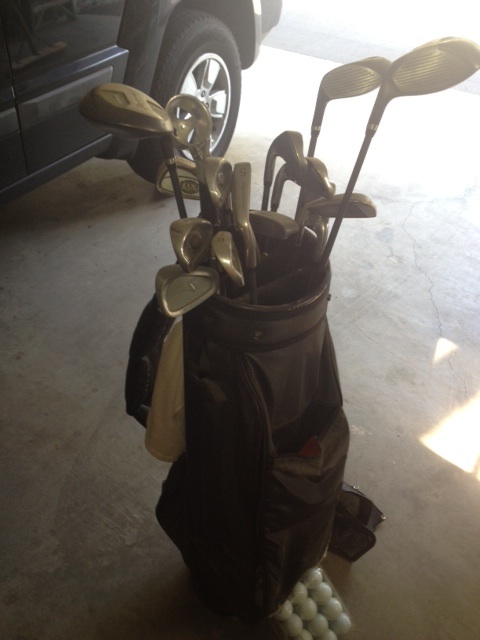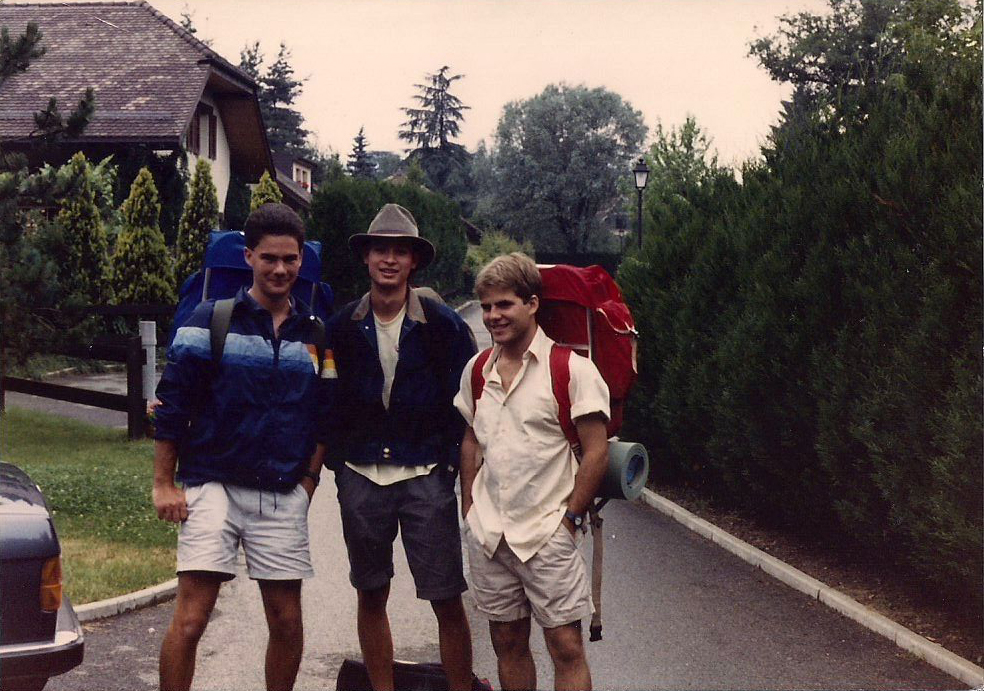 I still have the blue backpack I’m wearing in this 1987 photo. I haven’t kept many things 30 years, but this pack is a reminder to live lean.
I still have the blue backpack I’m wearing in this 1987 photo. I haven’t kept many things 30 years, but this pack is a reminder to live lean.
Upon graduating high school in that year, I had the great fortune to backpack through Europe. A former classmate who finished high school in Switzerland invited me to travel with him and three others. He’s on the right in this photo.
I arrived at my buddy’s home in Geneva with an overstuffed suitcase. He tossed the contents on his bed and shuffled through them, shaking his head. He presented me with the blue backpack, identical to his red one, and said everything I could take needed to fit in this pack.
For the next five weeks, the five of us – just 17 and 18 years old – traveled through France, Spain, Germany, Belgium, Italy, and Greece with only these packs. We slept on trains, ferries, park benches, beaches, campgrounds, and the occasional youth hostel. My companions had grown up mostly in Europe, spoke five languages between them, and we breezed through the continent on about $25 a day, a pittance even by late ‘80s standards.
Since 1987, I’ve stayed in luxury hotels, traveled the world, and spent a good chunk of my twenties living in Marriott properties. But I have never traveled as efficiently nor experienced as many things as I did in that five-week stretch.
That’s because we traveled lean. We managed with a capsule wardrobe of one pair of jeans, sneakers, light jacket, ball cap, three T-shirts, a collared shirt, two pairs of shorts, swimsuit, underwear and socks. We each carried a foam sleeping pad, a sheet, and between us hauled three tents. Throw in toiletries, decks of cards, small journal notebooks, pens, and the small cameras of the era and that accounts for everything we carried – all on our backs.
This being 1987, we carried no digital devices, just maps and Eurail passes. Our parents would not have known what country we were in on any given day. Sure, we got lost a few times, even waking up on a train one morning in Belgium instead of Germany. We drank too much on occasion but managed to avoid getting into serious trouble.
Because we traveled lean, we spent little time packing and unpacking or checking in and out of hotels. That’s because we only had our packs and managed to live, as some might suggest, one standard above homeless people.
I would argue we traveled like kings. We saw Barcelona, Paris, Nice, Lyon, Cannes, Geneva, Milan, Florence, Rome, Munich, Brussels, Athens and the Greek islands. We already were independent teenagers, but getting around Europe for five weeks took things up a notch. We lived like locals and ate like natives.
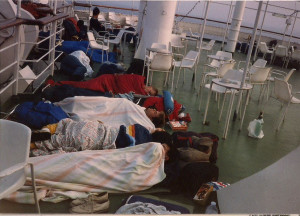 Imagine today’s helicopter parents, the ones who issue iPhones to their 11-year-olds “for safety,” sending their 17- or 18-year-olds to Europe to travel unsupervised with friends for five weeks? That would never happen even if Liam Neeson hadn’t made the “Taken” trilogy.
Imagine today’s helicopter parents, the ones who issue iPhones to their 11-year-olds “for safety,” sending their 17- or 18-year-olds to Europe to travel unsupervised with friends for five weeks? That would never happen even if Liam Neeson hadn’t made the “Taken” trilogy.
We’ll leave the modern child rearing discussion for another column. The lesson from our trip is that you could literally travel the world with a backpack and no itinerary. And if you could do it as a teenager, the world is your oyster.
My buddy grew up living all over the world; his parents worked for the State Department. He returned to the United States a week before college started and we were freshmen roommates. He had only a suitcase when my parents drove the two of us to school; I had a suitcase and a fan.
After spending five weeks with backpacks, that seemed like more than enough. Other kids arrived with U-hauls of dorm furnishings, clothes, and electronics.
Eventually we needed winter clothes and a few other things; we rented a small refrigerator. His parents bought him one of the earlier Apple computers, a 1987 version that used discs that were literally floppy.
But we continued to live lean. After traveling for most of the summer, making up our itinerary as we went along and grabbing food wherever, it seemed odd to go back to a school schedule and adapt to a spoon-fed life of dining halls and dorm life.
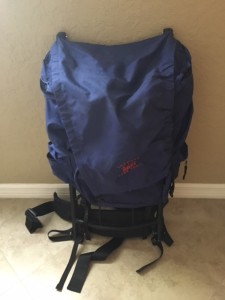 As for the blue backpack, that was not its last trip. When I graduated college in 1991, it went back to Europe on another five-week barnstorming tour. In 1998, it returned to the Greek islands on my honeymoon with my wife carrying a similar pack. We checked no bags, got off at Athens, and boarded a ferry with only our backpacks and no reservations.
As for the blue backpack, that was not its last trip. When I graduated college in 1991, it went back to Europe on another five-week barnstorming tour. In 1998, it returned to the Greek islands on my honeymoon with my wife carrying a similar pack. We checked no bags, got off at Athens, and boarded a ferry with only our backpacks and no reservations.
Now a family of four, we take most of our vacations in the form of long driving trips where the challenge is to pack only what can fit in a minivan for a month or more. That’s a live-lean challenge of another sort.
My wife and I will celebrate our 20th anniversary in 2018. We plan to return to the Greek islands.
Guess which backpack will be coming along?

